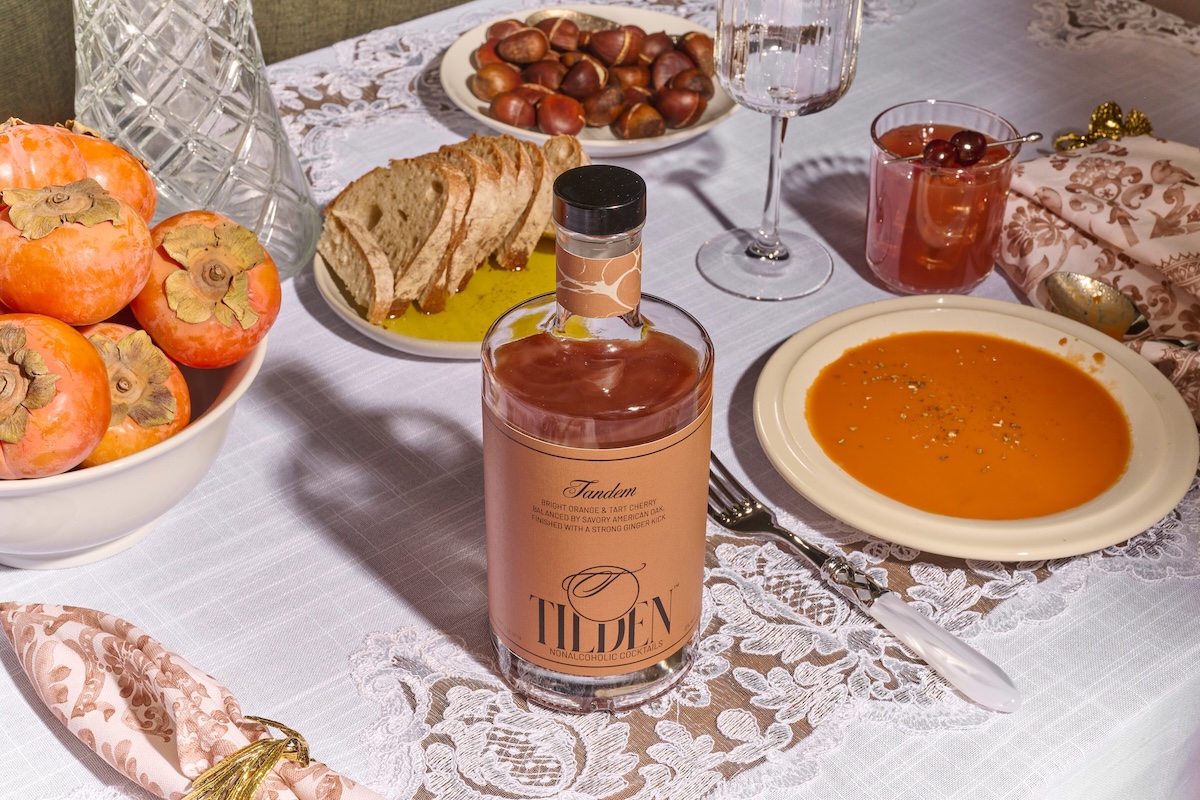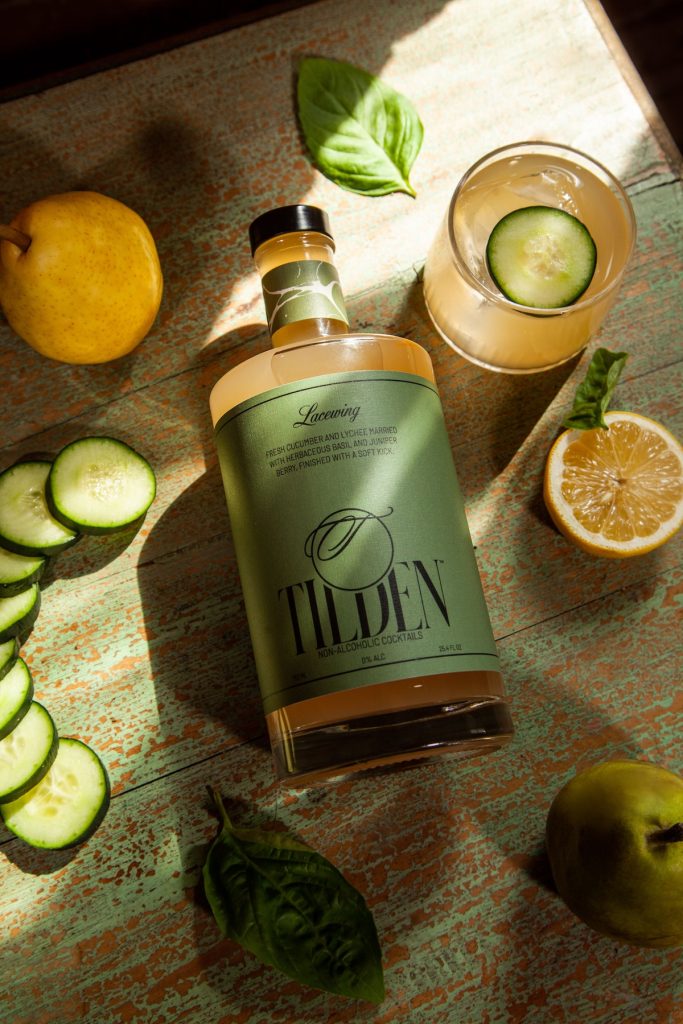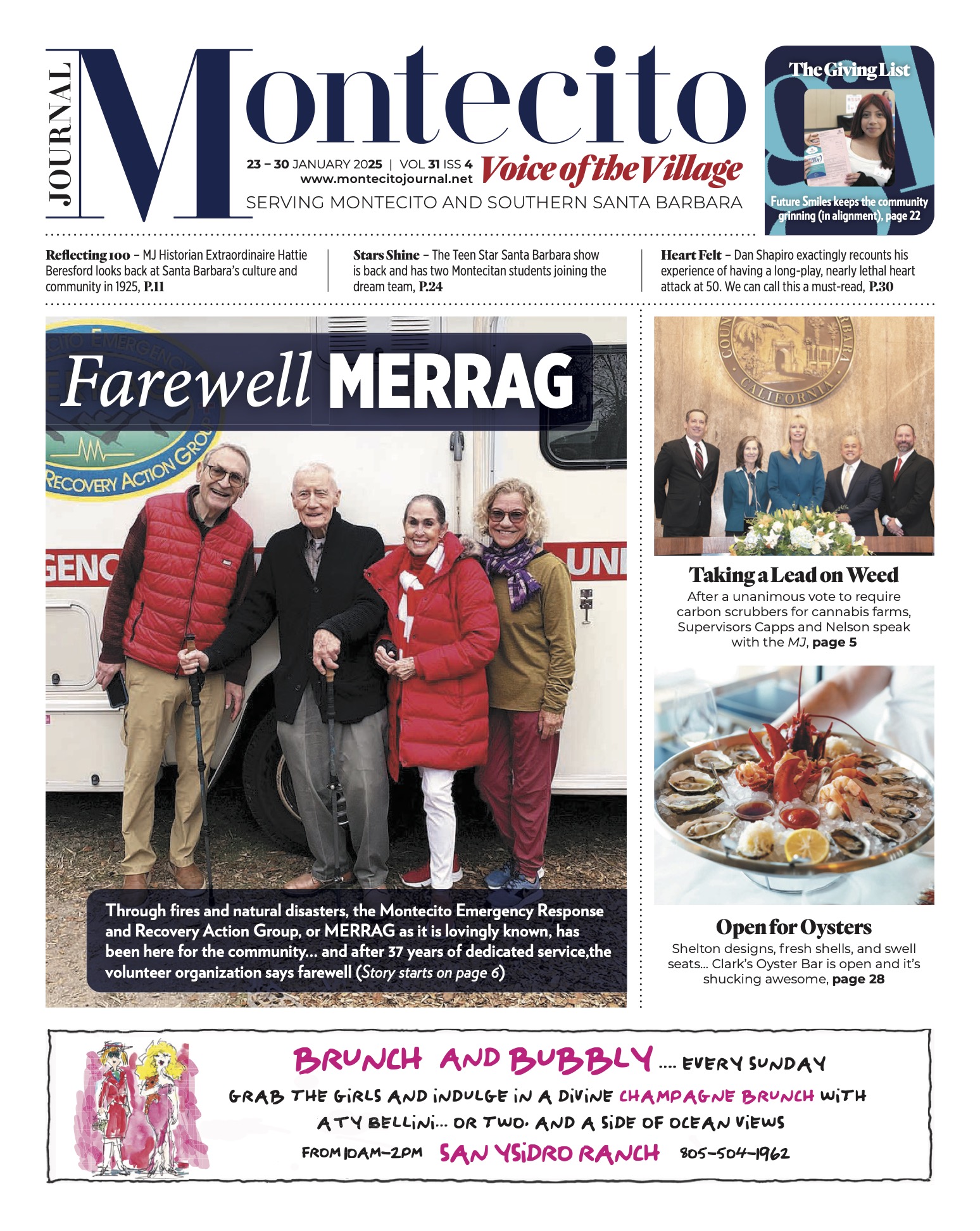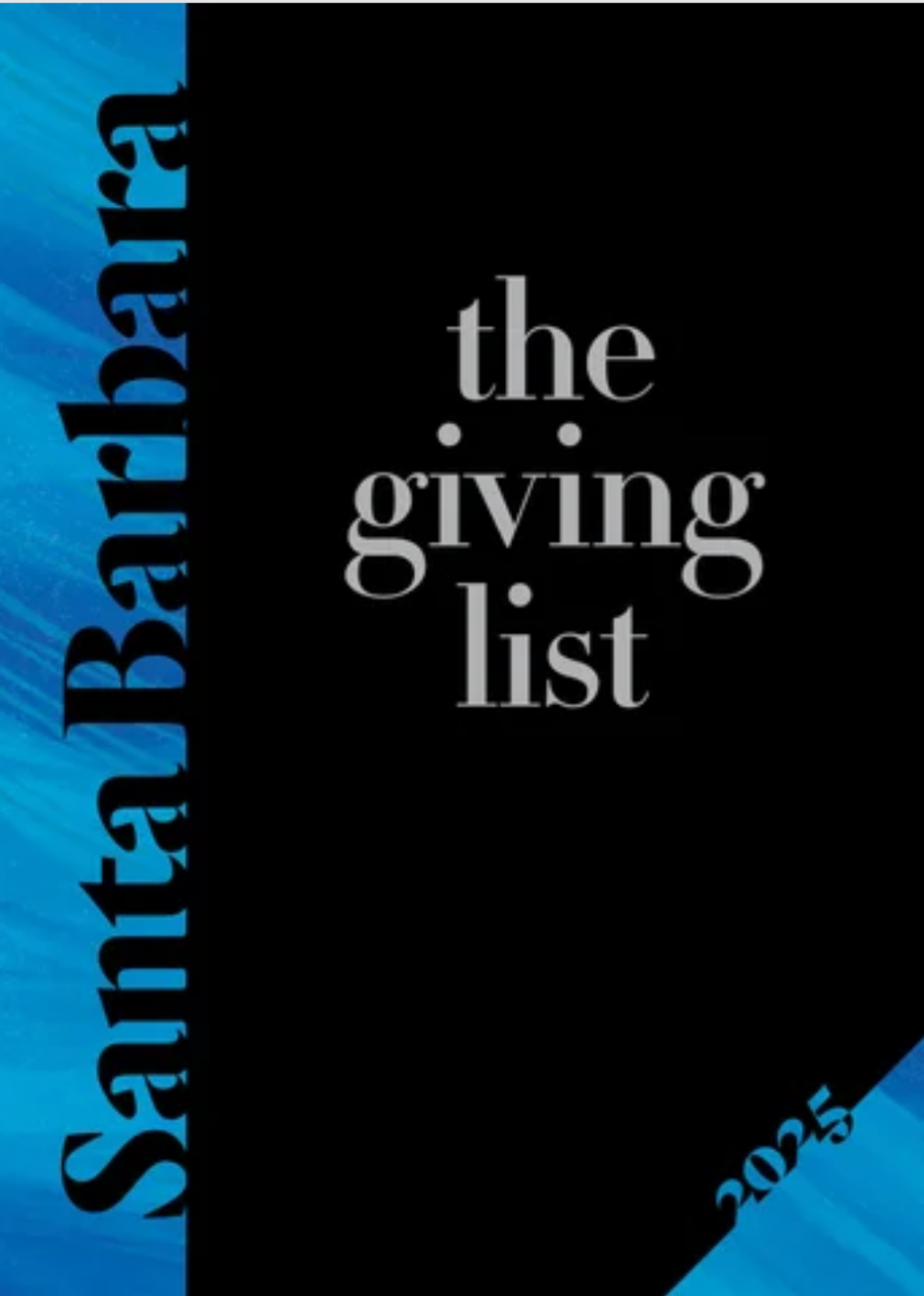A Different Buzz: Santa Barbara Company Produces Booze-Free Cocktails

“We’re not trying to put alcohol out of business,” says Vanessa Royle. “But there has been a big shift, generally, and more people are looking for non-alcoholic options in addition to alcoholic options.”
Ms. Royle is a Santa Barbara entrepreneur who made the personal choice to quit drinking in May of 2020, just after COVID hit and changed the world. She needed a reset – “I wasn’t my best self when I drank,” she recalls – and so she set off to reinvent herself. She attended Harvard Business School, where she met Mariah Hilton Wood, a lifelong teetotaler, and innovation ensued. Soon, their company, Tilden, was born, a venture with an ambitious yet simple goal: “To produce bespoke craft cocktails, without alcohol,” says Ms. Royle, “that can be poured over ice and enjoyed!”

No doubt, Tilden’s birth coincides with a surging shift in alcohol habits. American’s booze consumption continued its downward turn last year, according to the International Wine and Spirits Record (IWSR), a global beverage industry analyst: in the first seven months of 2024, demand for spirits in the U.S. sank 3%, beer saw a 3.5% drop and wine tumbled 4%. This followed an average 2.6% year-over-year decline in industry-wide alcohol sales in 2023. More people are drinking less.
“Gen Z doesn’t drink the same as previous generations,” says Royle. “Alcohol is a social lubricant, but younger people weren’t thrown into the bar scene during COVID, during their formative years, so many of us realize we don’t need alcohol
to socialize.
“For others, it’s becoming a lifestyle choice – they’re realizing that not drinking, or drinking less, makes them more productive – they’re avoiding wasted weekends.
“And for others, they may be listening to their doctors.”
The medical community delivered its own blow to the beverages industry earlier this month, when President Biden’s outgoing Surgeon General, Vivek Murthy, called on Congress to consider cancer warnings on alcoholic drinks. “Be aware that cancer risk increases as you drink more alcohol,” Mr. Murthy tweeted on X on January 3rd. “As you consider whether to or how much to drink, keep in mind that less is better when it comes to cancer risk.”
Based on chatter among wine-centric circles and my own conversations with wine industry folks, all of this – behavioral shifts and a surging tide of red flags – is having a tangible, deleterious effect on wine sales. Several winemakers have expressed concerns to me directly, off the record. One longtime Santa Barbara wine personality told me just last week – lamenting the Surgeon General’s admonitions and expressing concerns over drooping sales over the last couple of years, much of it driven by dubious competitive forces within the wine industry itself – “If things continue like this, I could be out of business in two years.”
This is one angle of this beverages story that we’ll need to continue to observe, and this MJ column is committed to doing that throughout 2025. My thought is that readjustments, or a streamlining of sorts, within the drinks industry is inevitable, as educated consumers continue to seek balance in their lives. Wine drinking will never disappear. For most of us, and as proven over generations, there are indisputable benefits to moderate wine consumption. But what we drink, and how, and when, could well be due for a retune in the short term. And there will always be a place at the table for wine growers who are talented and savvy, and in synch with their customers’ demands. More on this to come.

All this is to point out that Tilden’s arrival is timely. The brand is aimed not at replacing spirits, but, rather, at providing a new alternative in the marketplace for an evolving consumer set.
“There’s no denying that there’s new demand for quality non-alcoholic options,” says Ms. Royle. “So we’re filling a white space, a missing area of non-alcoholic drinks that cater to adult consumers. We don’t want to mimic existing cocktails – a non-alcoholic Negroni or Moscow Mule. Instead, we want to offer cocktails that feel complex from beginning to end, and that have a good mouth feel and viscosity. Simple to serve but complex in flavor and style.”
To that end, the two Tilden products currently in the marketplace – which are meant to be poured right out of the bottle, over ice, and enjoyed – are thoughtfully designed and crafted. Consulting with bartenders and food formulators, the two founders developed the flavors themselves, launching their experiment inside a mini lab set up in Hilton Wood’s Boston home. The drinks are heat pasteurized to avoid preservatives and sugars.
And since natural products are sourced as main ingredients from throughout North America – tart cherry from a producer in Michigan, for example, and lemongrass from a Canadian purveyor – and since flavor and aroma nuances can shift from vintage to vintage, recipe tweaking takes place ahead of each release. But each sipper’s signature profiles prevail. The Tandem has tart cherry flavors and is both smoky and spicy, with bitter orange, ginger and cayenne pepper notes. The Lacewing is more herbaceous, with a refreshing and aromatic blend of cucumber, pear, berry, basil and white pepper notes.
The Tilden cocktails come in 750-ml. bottles and retail for $35, although pre-orders for February shipment are currently being discounted on the website (drinktilden.com) to $28 a bottle. There’s also a subscription service that delivers the cocktails monthly, bimonthly or quarterly.
The products’ biggest splash has been on the bar scene, both locally and across the country, where more and more consumers are willing to pay by-the-glass wine and spirits prices for a quality non-alcoholic drink. The Tandem and the Lacewing have landed prominent positioning on cocktail lists at popular Montecito and Santa Barbara watering holes and restaurants like Bettina Pizzeria, Lucky’s Steakhouse, and The Lark, as well as retailers like Montesano Market & Deli, Montecito Village Grocery and Heritage Goods & Supply. Markets like Portland, St. Louis and Minneapolis are growing quickly, too.
Mini-bottle versions of the Tandem and the Lacewing will be launched later this quarter, and a third Tilden product – one that’s “more red fruit-forward,” according to Royle – is slated for release in June.







You must be logged in to post a comment.